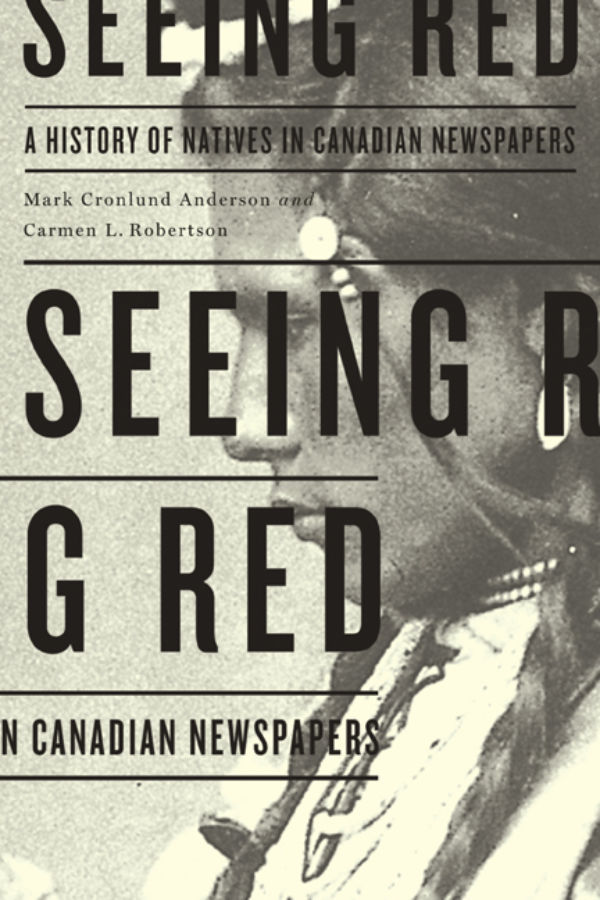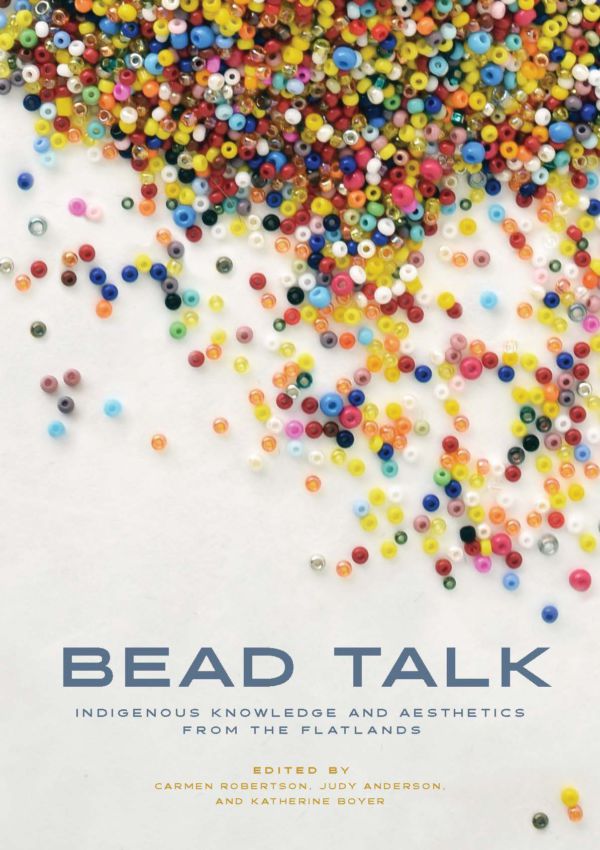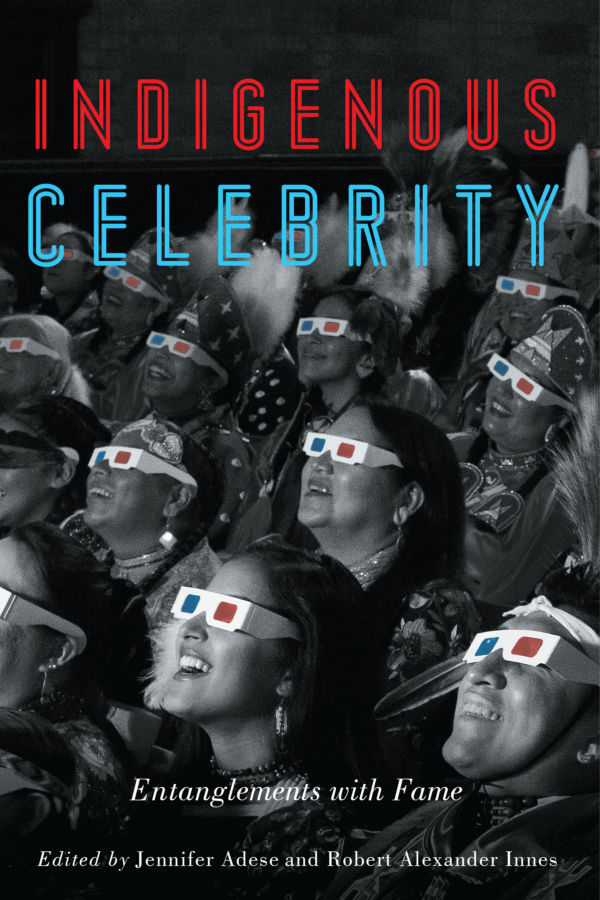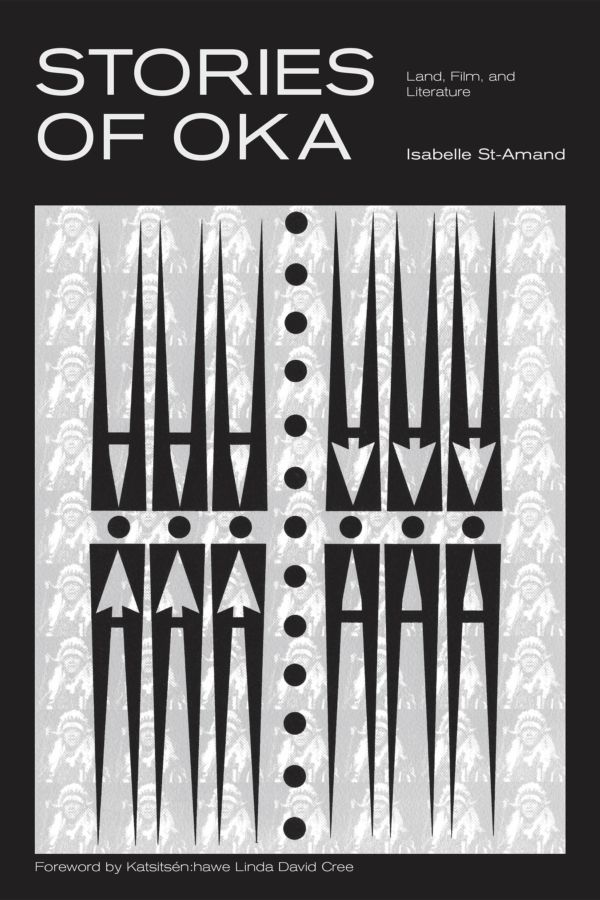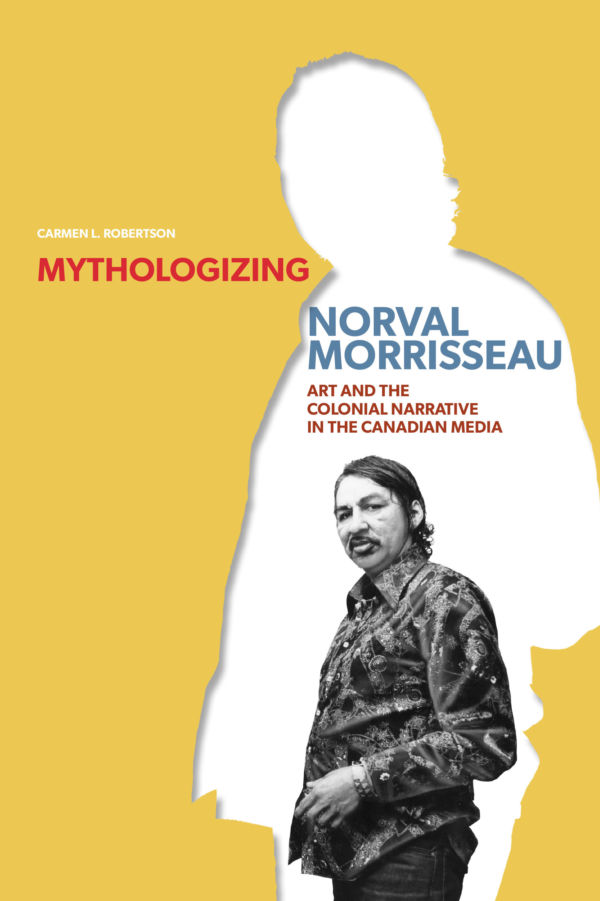Overview
The first book to examine the role of Canada’s newspapers in perpetuating the myth of Native inferiority. Seeing Red is a groundbreaking study of how Canadian English-language newspapers have portrayed Aboriginal peoples from 1869 to the present day. It assesses a wide range of publications on topics that include the sale of Rupert’s Land, the signing of Treaty 3, the North-West Rebellion and Louis Riel, the death of Pauline Johnson, the outing of Grey Owl, the discussions surrounding Bill C-31, the “Bended Elbow” standoff at Kenora, Ontario, and the Oka Crisis. The authors uncover overwhelming evidence that the colonial imaginary not only thrives, but dominates depictions of Aboriginal peoples in mainstream newspapers. The colonial constructs ingrained in the news media perpetuate an imagined Native inferiority that contributes significantly to the marginalization of Indigenous people in Canada. That such imagery persists to this day suggests strongly that our country lives in denial, failing to live up to its cultural mosaic boosterism.
Reviews
“Seeing Red is a remarkable contribution to this country’s political and social history. It sets a new standard for archival research and critical thinking that hopefully will shake the Canadian media establishment.”
Niigaanwewidam James Sinclair,, Winnipeg Free Press
“In this important, unique study of the imagery of Aboriginal peoples in Canadian newspapers, 1869-2009, Anderson and Robertson effectively argue that colonialism has always thrived in Canada’s press, continuing to the present. Highly recommended.”
B.F.R. Edwards, Laurentian University, CHOICE Magazine
Inasmuch as Canadians still believe that they have been less racist, less colonialist than their American neighbors, or that they are less racist than they used to be, Seeing Red ought to challenge their complacency.
Mary-Ellen Kelm, Simon Fraser University, Americal Historical Review
"A wonderfully dense and rich historical work that situates itself equally amongst journalism history, colonial histories in the Americas, and scholarship on representations of minorities and race in Canadian media.
Candis Callison, Canadian Literature
"This book is hard to read. The negative and condescending view of the press is in your face throughout the pages, sparking a fire in the belly."
Joyce Atcheson, Wataway News Online
“This is an important work. *No one else argues the continuity of racial profiling the way Anderson and Robertson do*, and this is an important contribution in a country where we smugly assume that each generation’s portrayal of, and engagement with, Aboriginal people is significantly better than the last.”
Keith Thor Carlson, Department Of History, University of Saskatchewan
"Mark Cronlund Anderson and Carmen L. Robertson provide a comprehensive and engaging study of the portrayal of Aboriginal peoples in English-language Canadian newspapers. The authors effectively demonstrate how a set of colonial ideas and assumptions about Aboriginal peoples formed, were quickly naturalized, and have continued to occupy a central place in mainstream Canadian newspapers."
Matthew H. Tegelberg, Canadian Journal of Communication
"In this intensely provocative book, University of Regina professors Anderson and Robertson contend that newspapers have played a central role in the Canadian colonial project through their representation of Aboriginal peoples over the past 140 years."
Timothy Foran, Great Plains Quarterly
"Seeing Red is a groundbreaking study of how Canadian English-language have portrayed Aboriginal peoples from 1869 to the present day."
Christine Mc Farlane, Windspeaker
Awards
Saskatchewan Book Award for Scholarly Writing (2011)
Saskatchewan Book Award for First Peoples’ Writing (2011)
Regina Book of the Year (2011)
About the Authors
Table of Contents
Ch 1: This Land is Mine: The Rupert’s Land Purchase, 1869
Ch 2: Fifty-Six Words: Treaty 3, 1873
Ch 3: “Our Little War”: The North-West Rebellion, 1885
Ch 4: The Golden Rule: The Klondike Gold Rush, 1898–1905
Ch 5: Poet, Princess, Possession: Remembering Pauline Johnson, 1913
Ch 6: Disrobing Grey Owl: The Death of Archie Belaney, 1938
Ch 7: “Potential Indian Citizens?”: Aboriginal People after World War II, 1948
Ch 8: Cardboard Characters: The White Paper, 1969
Ch 9: Bended Elbow News: The Anicinabe Park Standoff, 1974
Ch 10: Indian Princess-Indian Squaw: Bill C-31, 1985
Ch 11: Letters from the Edges: The Oka Crisis, 1990
Ch 12: Party Time: A Prairie Centennial, 1905–2005
Conclusion: Return of the Native

